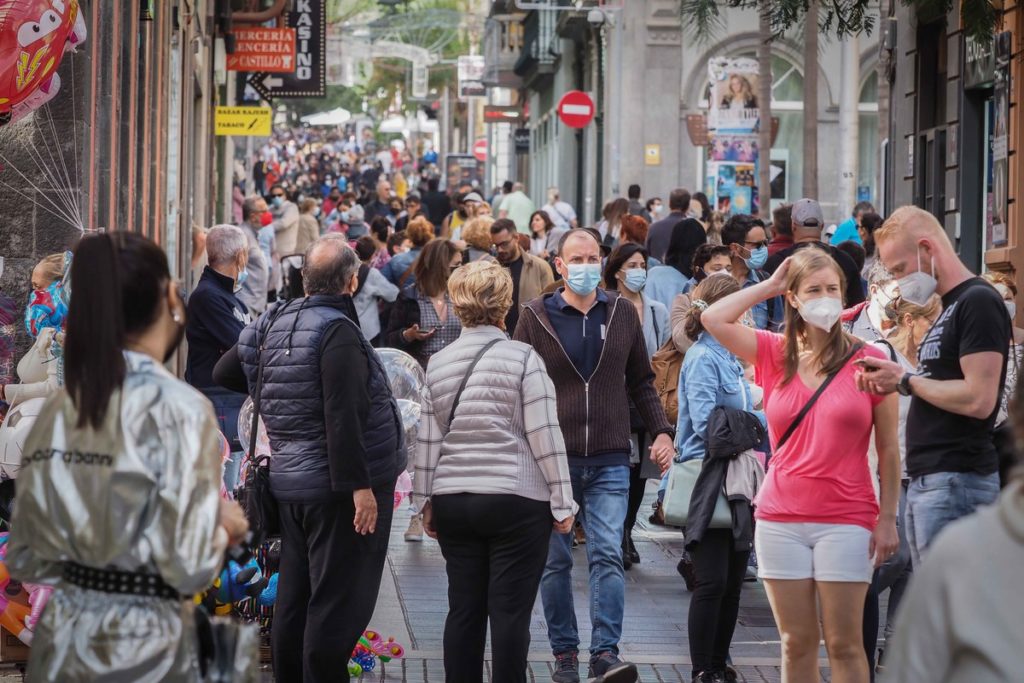
Santa Cruz lived a festive day yesterday with 16 spaces distributed throughout the city that received almost 20,000 people until 5:00 p.m. on the first day of a full moon that returns to the streets after the pandemic and that will last until midnight today. To celebrate this twelfth edition, the Capital City Council established an urban area with a great variety in its cultural offer, which ranged from García Sanabria Park to Francisco La Roche Avenue and from the Maritime Park to the Almeyda Museum.
The program, which started at 11 am, made thousands of people from all over the Island enjoy with activities for all audiences. From a trend market and food trucks, through circus performances, theatrical performances and historical re-enactments to exhibitions of urban sports and workshops. The day also featured traditional Canarian activities, parrandas and a market area in the Plaza de España.
Also the House of the Carnival registered more than a hundred of visitors; the Museum of Nature and Archeology received about 300 people, while the La Recova Art room reached almost 400 people with a flow of people that increased during the afternoon. For its part, another noteworthy influx data was that of the more than 400 people who attended the cultural activities in the Captaincy General of the Canary Islands Command.
Today’s session will continue with its programming from 11:00 to 00:00 in different parts of the city. The complete program can be consulted at www.pleniluniosantacruz.com and the social profiles of Plenilunio on Twitter and Facebook, where specific information on its development and continuous monitoring of the entire day will be offered.
Public transport
Titsa and Metropolitano de Tenerife will reinforce their services throughout the day and, in addition, free parking will be offered in the Interchange car park for four hours for the combined use of parking plus tram or bus.
The tram service is reinforced with uninterrupted service, with frequencies of ten minutes in the busiest hours and fifteen minutes in the time slots with the lowest volume of passenger transport.
















